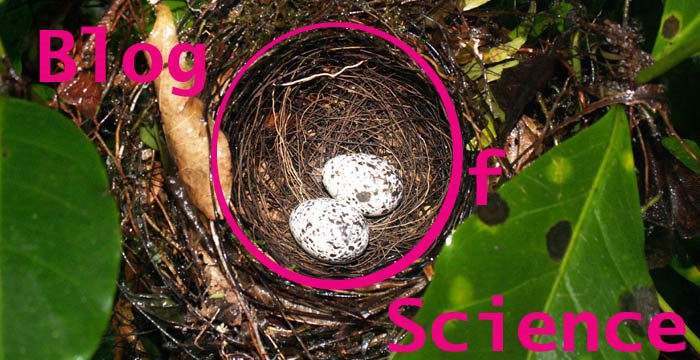In elementary
school they made boys play my least-favorite-except-dodgeball game. It consisted
of everyone chasing after whoever had the ball, trying to mug them so that
everyone could then violate the new ball-carrier. I was mortified by the
aggression of it more than afraid of the assaults, as I made only transparently
symbolic attempts to even catch the riot.
Over a decade later (December 2011) on a California mountain, I stepped out of a US government SUV to watch the world's largest flock of North America's biggest land birds playing this same game. The US Fish and Wildlife Service releases captive bred California Condors at Hopper Mountain Wildlife Refuge. Huge, ugly, smelly, fascinating, beautiful, precious birds, they are highly endangered and carefully managed. I was an intern on the Condor Recovery Program, and first thing every morning my assignment was to make sure we knew where they were. This morning I found them up Hopper Mountain with a Coke can. Condors, carrion eaters, are drawn to red, and prone to swallowing (and dying from) garbage. The Refuge is closed to the public, but trucks heading to oil wells in the mountains have to pass though, and we often found litter along those roads.
Over a decade later (December 2011) on a California mountain, I stepped out of a US government SUV to watch the world's largest flock of North America's biggest land birds playing this same game. The US Fish and Wildlife Service releases captive bred California Condors at Hopper Mountain Wildlife Refuge. Huge, ugly, smelly, fascinating, beautiful, precious birds, they are highly endangered and carefully managed. I was an intern on the Condor Recovery Program, and first thing every morning my assignment was to make sure we knew where they were. This morning I found them up Hopper Mountain with a Coke can. Condors, carrion eaters, are drawn to red, and prone to swallowing (and dying from) garbage. The Refuge is closed to the public, but trucks heading to oil wells in the mountains have to pass though, and we often found litter along those roads.
I radioed Mike
Stockton, the flamboyant hippy cowboy biologist in charge. "Morning Mike,
I'm looking at the whole flock standing on the road. They found a Coke can, and
they all want it."
"You'd
better just take it," was his only reply. "Roger that," I said,
girding up.
This particular
crumbling road, like many of those on the Refuge, had steep slopes up and down
on either side. The condors, each four feet tall and armed with a beak that could
disembowel a mastodon, were gathered at a bend in the road, a peninsula that
ended in a cliff. Condors are too heavy to fly with anything in their beaks or feet,
so R7, the dominant male, was cornered. Normally the whole flock was scared of
him, but now his armament was full of Coke can. Several other condors
charged him. He dropped it, jumped off, spread his ten foot wings and lifted
skyward. He flew so
close over my head I could almost taste his foulness, and could feel the heavy flapping of his wings. While I concentrated for a
moment on not wetting myself, another condor grabbed the can and ran straight toward me. Fifteen birds, each incredibly
important for this species' survival, each reeking of carrion and looking every bit like
carnivorous dinosaur zombies prone to projectile vomiting, came running after the
can and thereby towards me.
I took a step
towards them and they stopped. I took a few more steps, and the lead bird, the
one with the can, turned, ran right through the thicket of snapping beaks, and
was back at the cliff's end, surrounded. I continued slowly forward. A few more steps forward and most of the condors
had jumped. Two more steps, the air filled with giant birds and their
aroma, and it was just me and the condor with the can, still on the cliff's
edge.
He hissed and flushed his face purple, trying to scare me off. "Boo!," I replied in kind, and he fled. Lunging after the can, I lay on
my belly and examined my prize, a beat-up Coke can with one beak-tip-shaped
bite snipped from its middle. I got to my feet, realizing I was now the one
surrounded at cliff's end. I stuffed the can inside my jacket and tried to look
fierce. We all stood there for a while. One condor after another stepped off
the edge and floated into the morning sky. I finally won that god-awful game.








